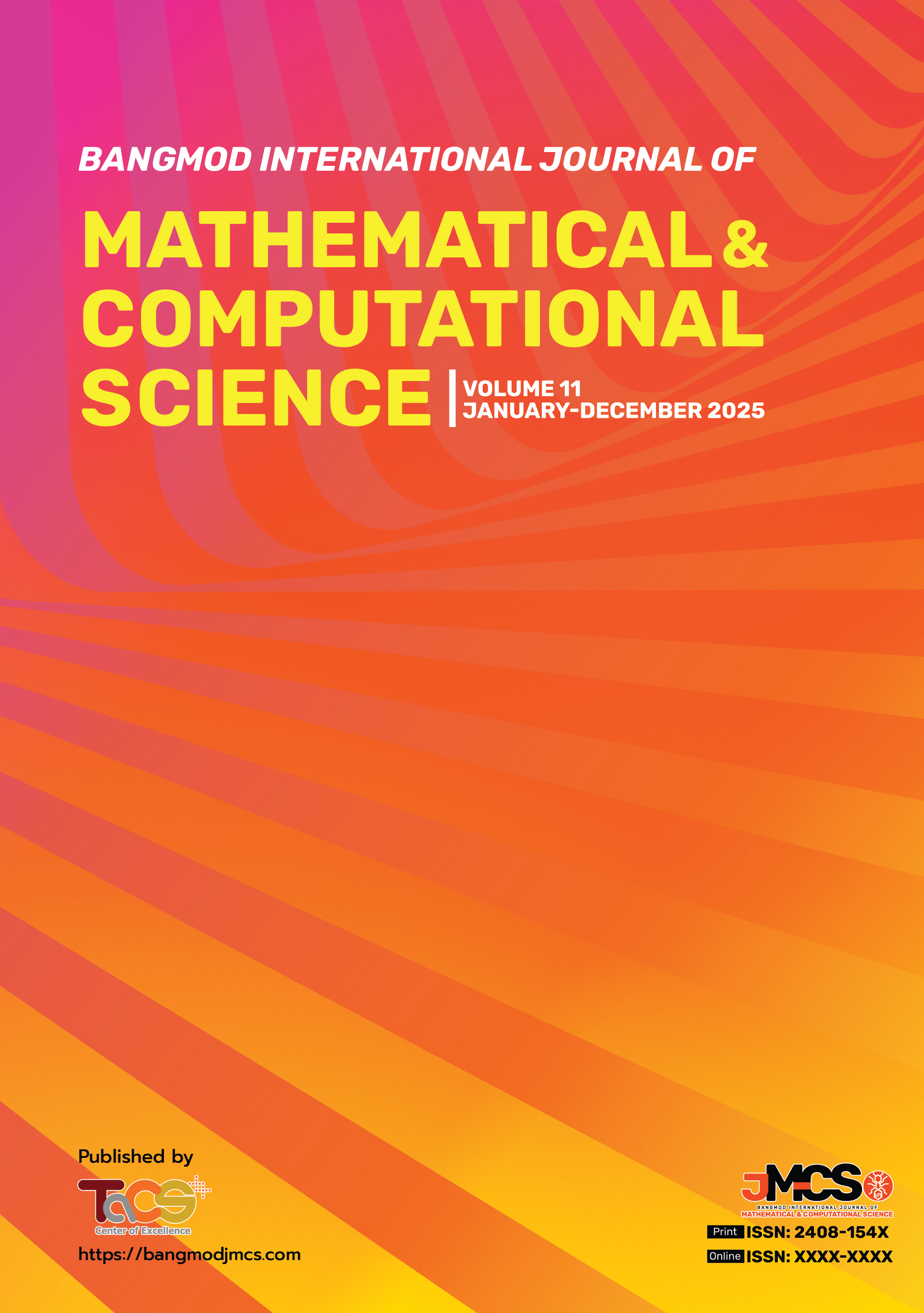Induced Bilal Distribution: Statistical Properties with Applications to Model Precipitation and Vinyl Chloride Data
DOI:
https://doi.org/10.58715/bangmodjmcs.2025.11.10Keywords:
Bilal distribution, Weighted distribution, Reliability analysis, Rényi entropy, Induced distribution, Distribution theoryAbstract
This paper proposes a new one parameter life distribution called induced Bilal distribution for modeling some real data. The main mathematical characteristics of this distribution are derived and discussed including the cumulative distribution and probability density functions, the moments, coefficient of variation, skewness, kurtosis, mean and median deviations, Gini index, Lorenz curve, Bonferroni curve, Rényi entropy, stochastic ordering, and distribution of order statistics. Also, reliability analysis based on the odds function, survival function, reversed hazard rate function, hazard function, and the stress-strength reliability function are provided. Estimation of the model parameter is performed using the maximum likelihood method and a simulation study is supported to illustrate the estimator behaviors. Using two real data sets related to the precipitation in Minneapolis and vinyl chloride, it is shown that the new distribution outperforms some well-known important existing competitors considered in this study.
Downloads
Downloads
Published
How to Cite
Issue
Section
License
Copyright (c) 2025 Bangmod International Journal of Mathematical and Computational Science

This work is licensed under a Creative Commons Attribution-NonCommercial-NoDerivatives 4.0 International License.







